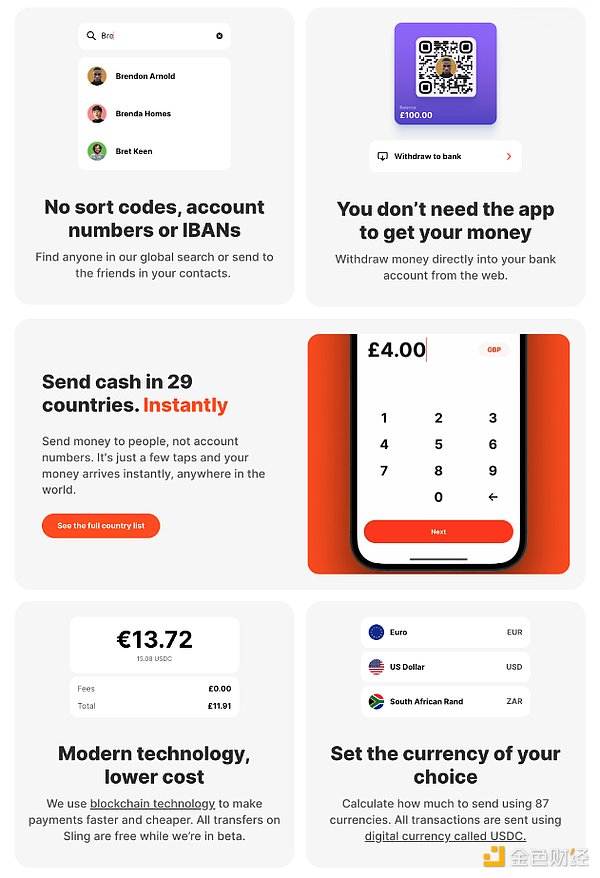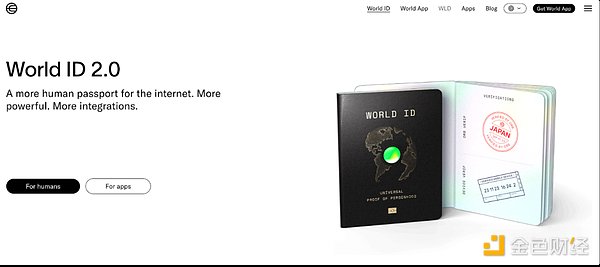Author: Denise Schaefer Source: blockchain capital Translation: Shan Ouba, Golden Finance
Historically, the crypto market has attracted three specific groups - financial traders, digital asset collectors, and technical experts.
With recent technological advances, cryptocurrency is entering a new competitive environment where traditional consumers can participate. But even as companies turn their attention to more mainstream audiences, many are still using "crypto marketing" messages and strategies that were previously effective only for niche audiences.
In order for crypto consumer products to appeal to the mainstream, their messaging needs to focus on immediate and recognizable value, similar to the convenience of the Amazon shopping experience or the simplicity of paying online with PayPal. The messaging around these products must be simple and relevant. This article explores how to communicate effectively with consumers.
First, let’s look at some high-level facts about mainstream consumer psychology:
People want solutions that fit seamlessly into their daily lives.
They don’t understand complex jargon.
They are generally not interested in the technology that powers the products they use.
They don’t care how products work; they care why they use them (i.e., what the product can do for them).
In short, marketing around consumer crypto products needs to be more akin to traditional marketing. The goal should be to make their use second nature, without users understanding their blockchain underpinnings.
There is plenty of precedent for this. Apple doesn’t advertise the underlying technology of the iPhone. They advertise how users benefit from owning it. Similarly, Spotify doesn’t focus on the complexity of its algorithms. Instead, they emphasize the personalized, on-demand music streaming experience it provides.
Crypto introduces a transformative model for consumer experience that goes beyond the traditional web2 framework. Features like composability, tokenization, and decentralization have the potential to revolutionize the way we use digital products and services. Composability enhances the consumer experience through customizable and interoperable applications. Tokenization provides unique ownership and transferability. Decentralization enables users to directly participate in the ecosystem and have ownership, fostering more engaged communities and equitable economic models.
For cryptocurrency companies, the answer lies in learning to communicate these benefits in a way that connects with people.
What's Available
Sling is a platform that leverages blockchain technology to enable fast, cost-effective remittances across 29 countries. It emphasizes the human element by sending money to people rather than accounts. Sling is addressing a real need for more seamless global transactions with a solution that is uniquely powered by crypto, but feels like a living web2 application.
With Sling, users can enjoy the benefits of blockchain, such as instant payments, lower transaction costs, and the elimination of traditional banking barriers, without having to understand the underlying technology. Users load funds into Sling in their local currency, and Sling automatically converts them into USDC. This process happens strategically behind the scenes, removing the complexity typically associated with crypto transactions.

Sling’s website homepage
Sling’s marketing focuses on the consumer experience and the actual benefits of its service. While blockchain and USDC are mentioned on their website, they are not positioned as primary selling points.
By simplifying the international money transfer process and emphasizing the benefits, Sling’s message appeals to what the average consumer values most: convenience.
As another example, Worldcoin’s World ID is an innovative approach to secure digital identity verification. To create a World ID, people interact with an iris scanning device called an “Orb” for biometric verification. This scan ensures that each World ID is unique to an individual. The ID is stored as a wallet on the blockchain, ensuring it is secure, tamper-proof, and accessible across different platforms and services. To visually communicate its utility in creating a more connected and secure online world, Worlcoin calls the World ID “the passport to the internet.”

Worldcoin website features World ID
Worldcoin’s marketing focuses on Orb’s innovative use for secure, privacy-preserving digital identity verification, emphasizing its role in ensuring each person’s unique identity without storing personal biometric data. Security and privacy are central themes, highlighting how they intend to create an inclusive, open financial network accessible to everyone.
Their messaging remains focused on their mission to create a more humane economic system. Although curious readers can find detailed explanations of how it uses blockchain technology, this isn’t the first thing you see. The focus is on its values — privacy, security, and ownership.
Finally, Blackbird is a loyalty and membership platform that aims to create deeper connections between restaurants and their most loyal customers. Blackbird allows customers to create NFT memberships for restaurants they frequent. These NFTs can unlock a variety of rewards, such as earning $FLY tokens, SMS concierge services, and “kitchen surprises” when dining. This approach provides diners with a new level of engagement and value. Cleverly, the term NFT is not mentioned in their UI.
By using cryptocurrency rails, Blackbird is decentralizing restaurant loyalty programs. It allows users to earn points without being restricted to a single system; users then have the flexibility to trade $FLY tokens and NFTs accumulated by members on a public blockchain. The system represents a shift from traditional loyalty programs, providing customers with a more flexible and valuable form of rewards.
In addition, Blackbird’s partnership with Privy simplifies the user experience, allowing access to a self-hosted wallet with just a phone number, even for those who have never used a cryptocurrency wallet before.
Blackbird provides a clear use case for users while setting a new standard for how restaurants and patrons interact in the digital age.
Imagine a World Where People Use Crypto Without Knowing It
The future of consumer crypto products lies not in their ability to demonstrate technological superiority, but in their ability to fit seamlessly into everyday life.
This philosophy echoes the success story of ChatGPT, which has seen widespread user adoption at record speed despite its potential complexity. This “magic moment” when consumers see the real-world value of a new technology highlights the benefits of user-centricity and the importance of direct messaging.
Taking this approach will not only broaden the appeal of crypto-based solutions, but also pave the way for them to be integrated into the fabric of everyday activities, heralding a new era in which the lines between traditional and crypto services blur.
 JinseFinance
JinseFinance
 JinseFinance
JinseFinance Xu Lin
Xu Lin JinseFinance
JinseFinance Davin
Davin Nulltx
Nulltx Nulltx
Nulltx Nulltx
Nulltx Nulltx
Nulltx Bitcoinist
Bitcoinist Ftftx
Ftftx